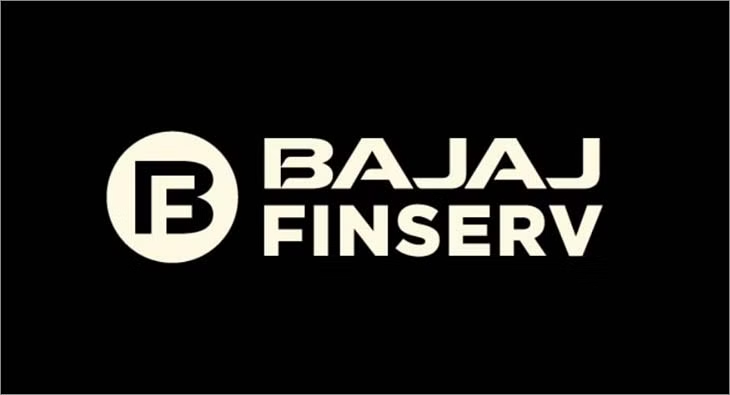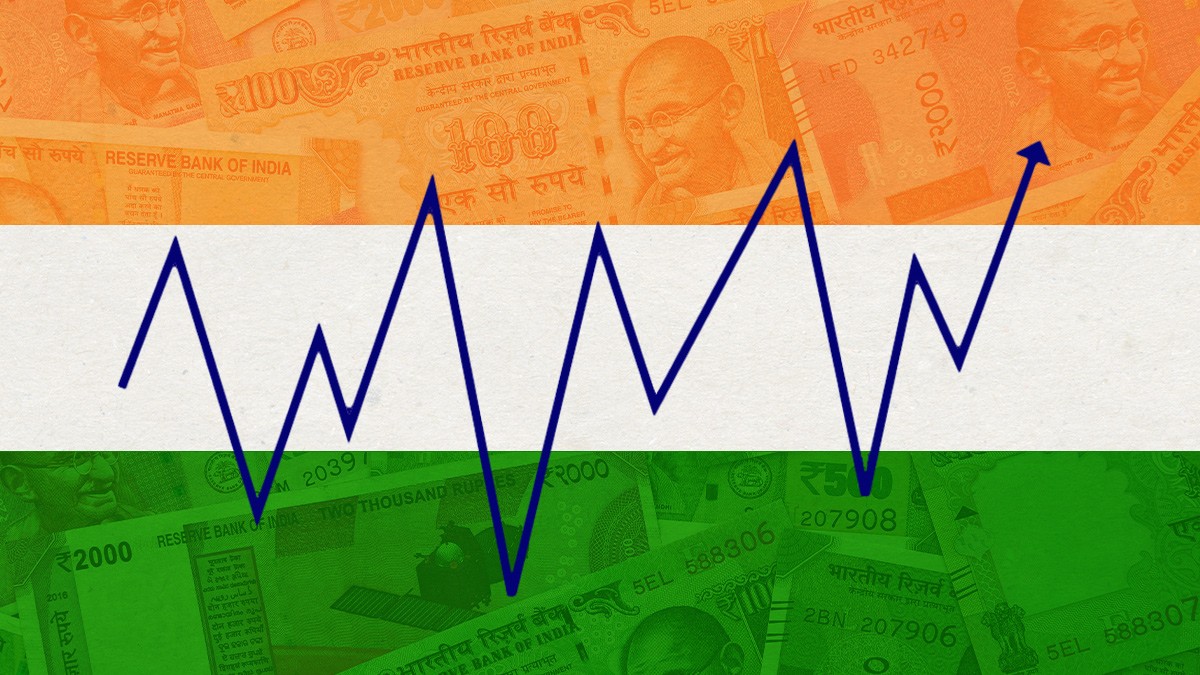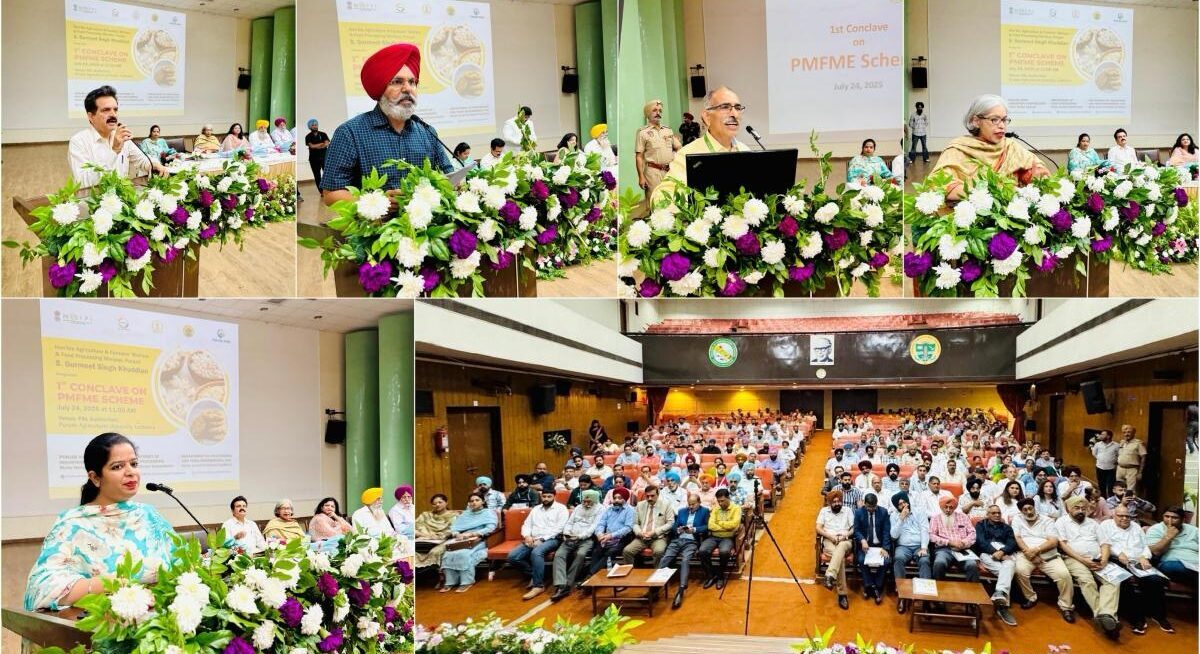Imagine this: It’s 2008. The global economy is burning, the stock market is in freefall, and everyone you know is panicking. Bajaj Finance? A tiny, unimpressive NBFC trading at a laughable ₹5.62 per share. Investors dumped it. Analysts wrote it off. And yet—if you had the audacity (or sheer recklessness) to throw ₹1 crore at it, you’d be sitting on ₹850 crore today.
Sounds insane, right? Almost like a fairy tale designed to haunt every investor who played it safe.
The Biggest “Should Have, Could Have” of the Century
Back in 2008, Bajaj Finance was a minnow. It wasn’t a darling of the stock market. No grand predictions. No fanfare. Just another small financial company getting wrecked in the crash. If you had invested back then, people would’ve called you a fool. And yet, here we are in 2025, where the same stock just smashed past ₹8,700 per share.
So what happened? How did this boring NBFC become a money-printing juggernaut?
A Masterclass in Corporate Wizardry
- Leadership That Actually Worked
While most companies get stuck in succession drama, Bajaj Finance played it smart. Rajeev Jain took charge and turned the company into a lending powerhouse. Today, analysts don’t just respect the leadership, they bet their careers on it. - A Monopoly Without the Headache
Bajaj Finance figured out the game early: lend aggressively, but don’t look like a loan shark. They expanded into consumer lending, insurance, and asset management while keeping bad loans in check. And the market rewarded them. - Tech That Didn’t Suck
Unlike most Indian financial firms stuck in the stone age, Bajaj Finance actually embraced technology. They digitized lending, streamlined operations, and made borrowing ridiculously easy. The result? Growth at hyperspeed. - The Stock Market Loves a Winner
Investors don’t care about companies. They care about stock prices that won’t stop rising. Bajaj Finance became a cult stock. A company that people didn’t just invest in; they worshipped. Now, with brokerages setting targets beyond ₹10,000, the FOMO is hitting harder than ever.
But Let’s Be Honest—You Missed It
Here’s the real kicker: chances are, you didn’t invest in Bajaj Finance in 2008. You probably saw the crash, panicked like everyone else, and kept your money “safe” or you were just too young back then to invest (though let’s be real you would’ve also panicked like everyone else). And now? You’re watching a 1,50,000% return from the sidelines, wondering why you didn’t have the guts back then. Even If you had just invested ₹50,000, your investment would now been worth ₹7.79 crore and you would probably be comfortably retired. The point came from this witty and interesting viral post

So what’s next? Is there another Bajaj Finance lurking in the market right now? Or is this the one that got away? Either way, the lesson is clear—the best investments often look like the dumbest ones, until they aren’t.
Also Read: Why is Sourav Ganguly known as The Prince of Calcutta
























